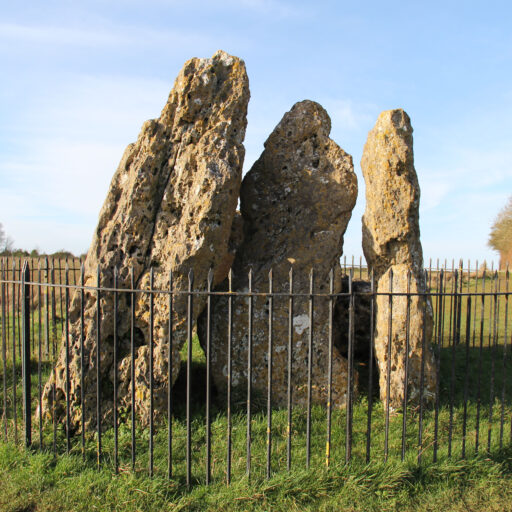Yule is a sacred time for European peoples. We have lived through the darkness and the sun is reborn once again during the winter solstice. We are connected to nature and in-turn we are renewed in this rebirth. We reflect on many things during Yule; I personally think of the ones who came before me. It is very important to be connected to your roots, without roots we are nothing.
Many people seem to have forgotten their roots, I suppose it is hard to stay connected in the fast paced nightmare that is modern society; but it is possible. Learning about our roots and the origins of the pre-Christian beliefs can help us with this. Many ancient Yule [Pagan] traditions are still with us today, under the guise of Christianity. Yule comes from the Old English Ġēol.
Trees and greenery
Winter is when most of nature lies dormant; with the obvious exception of evergreens. The dwelling was decorated with greenery, to remind them that life can still survive throughout the winter. This was known as “decking the halls”.
Trees are an important symbol, they are the symbol of life. There is a suggestion that offerings would be tied to trees for the gods during Anglo-Saxon and Viking times, but it was also believed to be practised by the Romans. Although, trees were not bought into the home until around the 16th century in Germany. This German tradition slowly spread and developed into the Christmas tree that we have today.

Christmas Holly
In more modern times, we usually think of holly berries as “the blood of Christ”. In Christianity, the sharp leaves of the holly came to represent the thorn of crowns; the berries represent his blood.
In actual fact, the reason why holly is so prolific at during Yule is due to The Holly King and the Oak King’s bi-annual battle. Oak would reign from Yule to Midsummer, and Holly would reign from Midsummer to Yule. One representing the lighter half of the year, the other the darkness. In some versions of the tale, the time of the battle shifts from the solstices to the equinoxes.
Ivy accompanies holly in depictions of Yule, holly represents life; whereas ivy represents death. The two work together in perfect harmony.
Father Christmas
Father Christmas has his roots in several folk tales and locations. Some see his roots with The Holly King – as he dressed in red and green with a white beard, with eight of stags by his side.



Another sugguestion is that Father Christmas is actually Woden, and the reindeer are his noble eight legged steed Sleipnir [Although this is just speculation]. Woden is the all-father of the Aesir [in Germanic Paganism] and is sometimes depicted as the wander in robes.
This is the darkest time of the year and people would not dare venture into the darkness, for they may encounter evil spirits. Woden and the wild hunt would ride across the dark winter skies for any wandering soul they may find – and doom the wanderer to ride the skies with them for evermore. Woden would bestow gifts to his favourites, possibly leaving gifts under the trees which held the offerings for himself. Children would even leave vegetables for Sleipnir, which evolved into leaving offerings for Father Christmas’ reindeer.
Many people aren’t convinced that the roots of Father Christmas are found in Woden. I personally think it is a bit of a reach and that he was more influenced by the Holly King. Father Christmas was often depicted wearing all green throughout the Victorian era, it wasn’t until the late 19th century that this changed to red.
The Father Christmas of today is also heavily influenced by the Christian missionary, St Nicholas. Amongst many things, he was the patron saint of children and had a habit of gift giving. It is even believed that his bones were discovered in Peebles, Scotland.
Carol Singing [Wassailing]
We think of Wassailing as singing to ward off evil spirits in the orchards; for the health of the trees and for a bountiful harvest, but it once encompassed the carol singing we know today.
Wassailers would have traditionally gone from dwelling to dwelling [as well as through the orchards] singing to the health of their neighbours and families, which evolved into the carol singing of today – which peaked in popularity during the Victorian era.

There are so many other traditions throughout the Christmas season that we can thank our Pagan forefathers for, I really have just touched the tip of the iceberg.
I wish you all a blessed Yule. Take time for yourselves and your families. Take time to be in nature. Rest and be merry.

